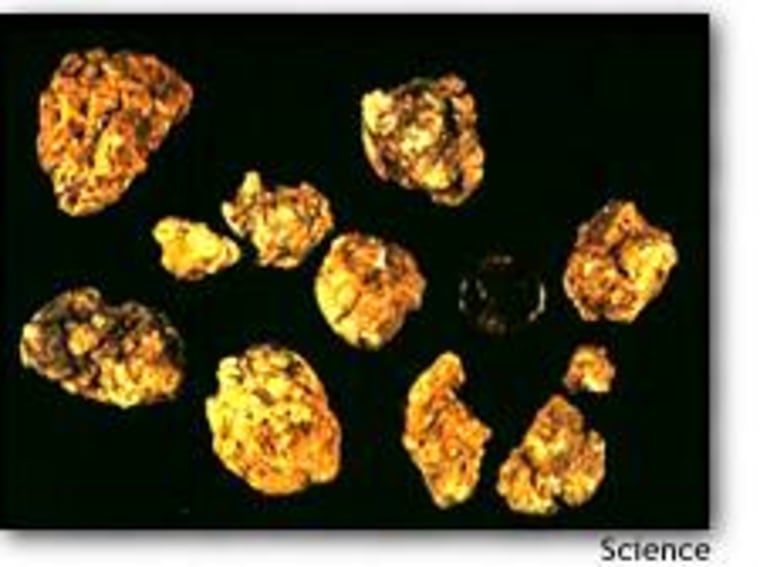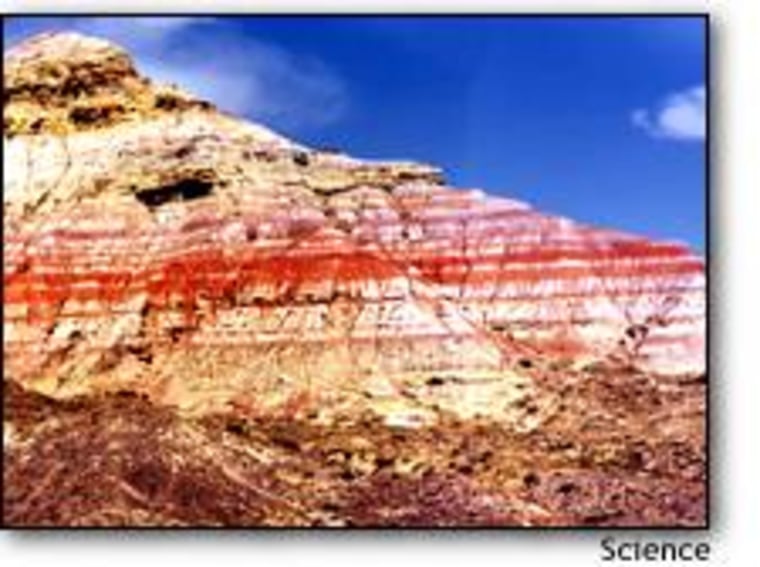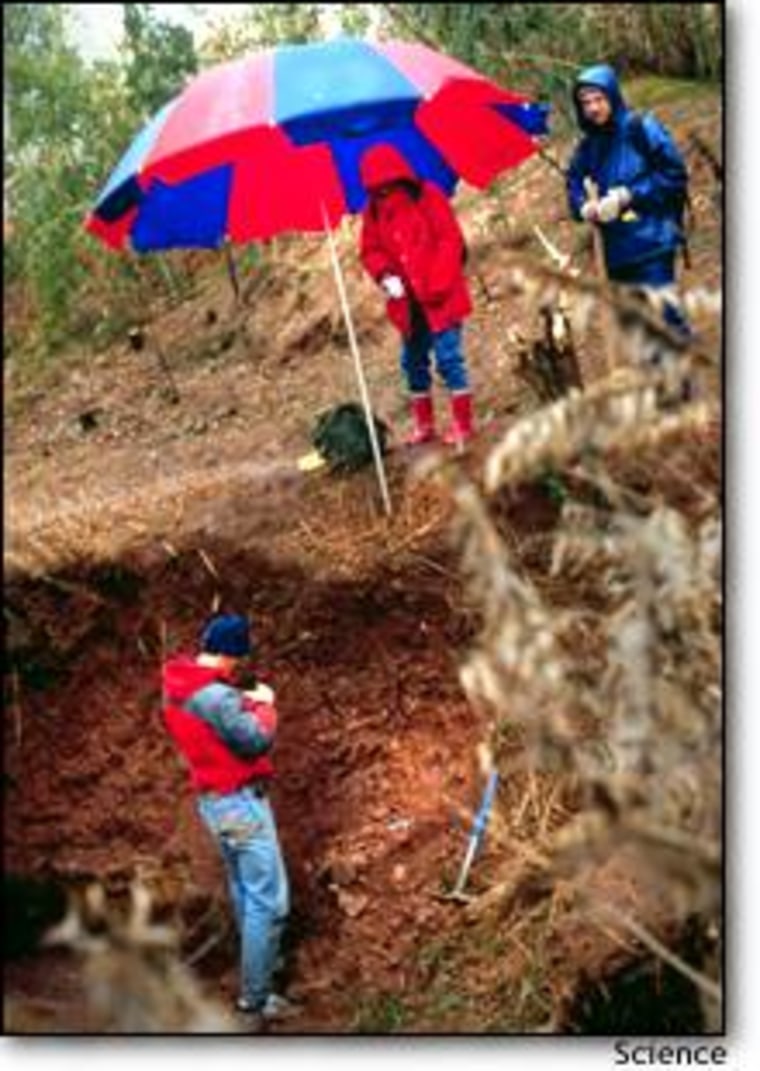About 55 million years ago, the Northern Hemisphere was the site of a major evolutionary makeover: Modern groups of mammals like the ancestors of the horse, deer, goats, primates, and opossumlike marsupials swept across the northern ecosystems, replacing more ancient mammals in their wake. Research reported in Friday’s issue of the journal Science, published by the American Association for the Advancement of Science, suggests that these migrants may have begun their journey in a single spot: Asia.
Paleontologist have a few reasons for suggesting that Asia may have been a mammalian “Garden of Eden” in those days. Asia is the site of several early mammal fossil finds, and modern mammals pop up suddenly in the North American and European fossil record — making it less likely that they evolved in those areas and more likely that they moved in from someplace else.
If these mammals originated in Asia, their fossils should appear earlier in Asia than in North America and Europe. It’s hard to compare the timing of mammal appearances across all three continents, but the Science study identifies a key geological marker in China that makes it easier to assign dates to the Asian fossils.
Carbon clues
The boundary between the Paleocene and Eocene epochs — around 55 million years ago — is marked in the geological record by a drop in the level of the carbon-13 isotope compared with the carbon-12 isotope in ocean and land sediments. Isotopes are different variants of a chemical element that can be distinguished by the number of neutrons in their nuclei.
Modern mammals debut shortly after this carbon signal appears in North America and Europe, but until now, the same signal had never been identified in Asian fossil sites from this time period.
Gabriel J. Bowen of the University of California at Santa Cruz and colleagues set out to find the carbon signal in China’s Hengyang Basin, where fossil discoveries are similar to those around the Paleocene-Eocene boundary in North America and Europe. The researchers collected magnetic samples and ancient soil nodules, which can record brief shifts in the carbon record, from several geological sections of the basin.

After analyzing their samples, the team identified a distinct pattern of magnetic reversals (times when the Earth’s magnetic poles appear opposite from their direction today) and a dip in the carbon-13/carbon-12 ratio. The combination of the carbon signals and the magnetic reversals is similar to the pattern seen at other Paleocene/Eocene sites in the Northern Hemisphere sites.
“We knew based on the fossil fauna that this would be a likely place to look, but this is the first time this carbon signal has been measured at all in Asia,” says Bowen.
The Science authors used the carbon signal and the magnetic layer information to date two distinct collections of animal fossils in the basin. They found that the older fossil collection falls squarely within the Paleocene epoch and is around 55.7 million years old. The fossils in this collection belong to a larger group of Asian animal fossils called the Gashatan fauna. The younger collection at the basin site, found near the Paleocene/Eocene boundary, contains members of another Asian fauna group called the Bumbanian.
By tracking the first appearances of these fossil animal groups at sites all over Asia, Bowen and colleagues concluded that the Gashatan and Bumbanian don’t overlap in time, which means that all Gashatan fossils should be Paleocene in age. The researchers could now test the dates of Paleocene/Eocene mammal fossils all over Asia to answer the key question: Do they appear before, at the same time, or after they appear on the rest of the northern continents?
The evidence for an Asian origin is best for an extinct family of wolflike carnivores called hyaenodonts, say the researchers. Hyaenodonts appear in Gashatan fossil sites in Mongolia. Since all Gashatan sites appear to be Paleocene in age, this would make Asian hyaenodonts older than any hyaenodonts in North America.

Timing is a little trickier for Bumbanian fossils, since the age of some Bumbanian sites may stretch back into the Paleocene. If the dates at these sites are confirmed through further research, it could mean some of the forerunners of horses, deer, and other modern mammals came from Asia.
The Bumbanian also contains the fossils of tiny, primitive-looking primates. If these fossils could be dated to the Paleocene, it could mean that our own distant evolutionary cousins originated in Asia as well. Researchers are still debating whether Asia might have been the ancestral home of the three major types of primates, including the anthropoid group of monkeys, great apes, and humans.
Bowen says the research team is sampling other sites, particularly in Inner Mongolia, to work out the timing of other Asian fossil finds.
“This type of paleomagnetic data and carbon isotope data hasn’t been worked out for many places in Asia. We’re working in uncharted territory at this point,” says Bowen.
Favorable traveling conditions
As scientists try to discover where the Paleocene/Eocene mammal exodus began, they are also looking at the reasons why such a great radiation might have occurred in the first place.
Once again, carbon may suggest a clue. Some scientists think that the boundary’s distinctive carbon signal comes from the melting of frozen methane gas stored in ocean sediments. Since methane has low amounts of carbon-13, its release into the ocean and atmosphere would have produced the drop in the carbon-13/carbon-12 ratio that defines the unique signal.
Methane melting could be related to global warming at the Paleocene/Eocene boundary; the massive mammal migration does coincide with a relatively brief but intense climatic thaw. The warming trend may have made it easier for mammals to travel across continent-connecting land bridges in the high latitudes, according to Bowen.
“There probably wasn’t a physical barrier to mammal movement, no oceans or ice sheets, but more of an environmental barrier, where the habitats in those higher latitudes weren’t favorable for the mammals,” says Bowen.
The climate change lasted only 80,000 years, but the short warm-up could have been enough to permanently transform the living face of the planet.
“Global warming may be the driving force behind the most profound biotic reorganization of the Age of Mammals,” says Chris Beard, a researcher specializing in early mammals at the Carnegie Museum of Natural History.
